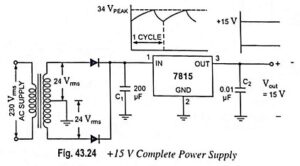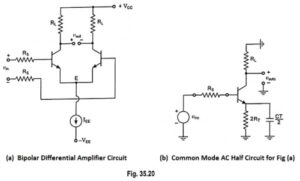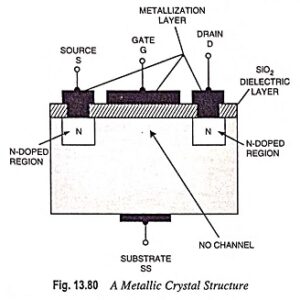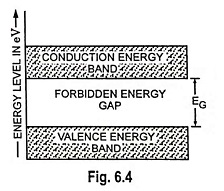Switching Diode in Electronics:
In discussing the rectifier diodes, the importance of reducing the reverse-bias current and the power losses under forward bias to the minimum was emphasized. But in case a junction diode is to be employed for high speed switching applications, special consideration is required to be given to its charge control properties. A fast Switching Diode properties must either store very little charge in the neutral regions for steady forward currents, or have a very short carrier lifetime, or both.
Switching Diode speed can be improved by adding efficient recombination centers to the bulk material. For silicon diodes, Au (gold) doping can serve this purpose. The carrier lifetime varies approximately with the reciprocal of the recombination center concentration. For example, a P+ -N silicon diode may have τh = 1 μs and a reverse recovery time trr of 0.1 μs before Au doping. In case of addition of 1014 Au atoms/cm3 reduces the lifetime to 0.1 microsecond and storage delay time tsd (time required for the stored charge to become zero) to 0.01 μs. 1015 cm-3 Au atoms could reduce τh to 0.01 μs and tsd to 1 ns.
This process cannot be continued indefinitely, however the reverse current due to creation of carriers from the Au centres in the depletion region becomes appreciable with large Au concentration. In addition, as the Au concentration approaches the lightest doping of the junction, the equilibrium carrier concentration of that region can be affected.
A Switching Diode time can also be improved by making the lightly doped neutral region shorter than a minority carrier diffusion length. This is the narrow base diode. In this case the stored charge for forward conduction is very small because most of the injected carriers diffuse through the lightly doped region to the end contact. When such a diode is switched to reverse conduction, very little time is required for eliminating the stored charge in the narrow neutral region.






